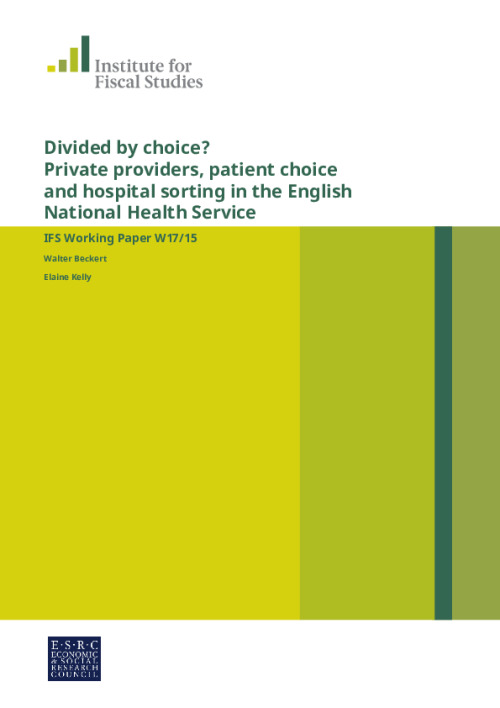A common reform used to increase consumer choice and competition in public services has been to allow private providers to compete with public incumbents. However, there remains a concern that not all consumers are able to bene fit equally from wider choice. We consider the case of publicly funded elective surgery in England, where reforms in the 2000s enabled privately owned hospitals to enter the market. We show that, post-reform, poor and ethnic minority patients were much less likely to choose private hospitals; and that dominant drivers of sorting between public and private providers are health based criteria for treatment by private providers and the geographic distribution of hospitals. Counterfactual simulations suggest differences in health explain 18% of the difference in the use of private providers between rich and poor patients, while the geographic distribution of hospitals explains 61% once other sorting mechanisms - ethnicity, patient preferences, physician referral patterns - are accounted for. Although much of the observed sorting does not appear to be the result of market frictions, limited variation in payments made to hospitals according to patient health means that sorting is estimated to cost public hospitals in excess of $426,426 ($625,000) per year.











